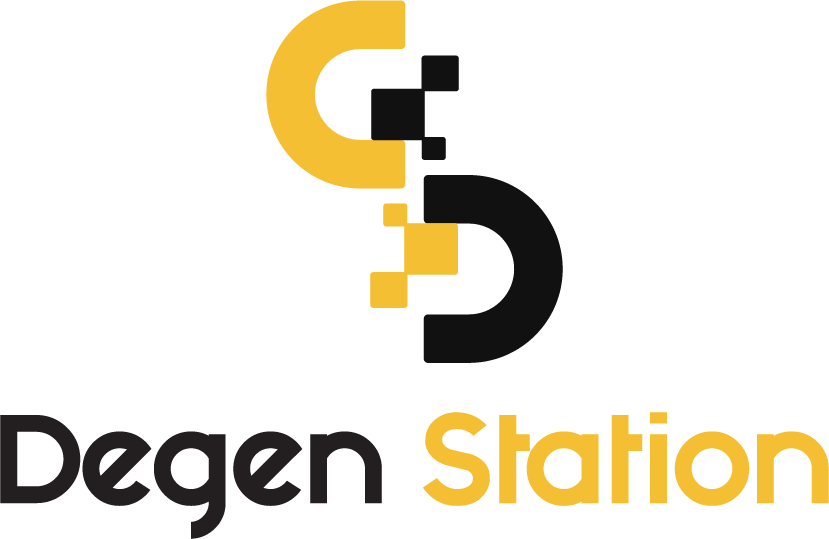Gas Fees on Ethereum and Bitcoin Surge to New Heights

Ethereum Gas Fees Surge Amid Memecoin Frenzy

Average transaction fees on the Ethereum network are hitting new highs, revisiting levels last seen in May 2022.
According to data compiled by Hildobby, a data analyst at VC Dragonfly, Ethereum gas fees spiked to a staggering 87 gwei on the evening of May 4. This surge is attributed to the ongoing memecoin craze currently dominating the market.
By the morning of May 5, gas fees had surged further to nearly 150 gwei.
Last time Ethereum median gas was this high was in May 2022 ⛽️
— hildobby (@hildobby_) May 4, 2023
source: https://t.co/bjIOV2m4Cd pic.twitter.com/H2sqHAtvaZ
ETH Gas Fee at 09:42 AM on May 5, 2023. Source: Etherscan
As reported by Coin68, the memecoin trend has officially returned and is currently a "hot trend." Notably, Pepe the Frog (PEPE) has skyrocketed by 21,000% and entered the top 100 cryptocurrencies by market cap just days after its launch.
This frenzy has driven the memecoin market cap to over $500 million in the past week, before retreating to below $400 million. However, with low liquidity, the prices of many coins in this trend are highly volatile.
Last time Ethereum median gas was this high was in May 2022 ⛽️
— hildobby (@hildobby_) May 4, 2023
source: https://t.co/bjIOV2m4Cd pic.twitter.com/H2sqHAtvaZ
Most of the trending memecoins are being traded on decentralized exchanges (DEXs), with Ethereum being a major hub. The number of users flocking to Ethereum-based DEXs has surged since 2021, with over 72,000 daily traders, according to data from The Block Pro.

Furthermore, Ethereum Virtual Machine (EVM) compatible blockchains like BNB Chain, Polygon, and Avalanche are also attracting many investors. The number of active addresses on these blockchains has reached multi-year highs.
Although EVM-compatible blockchains typically have lower transaction fees than Ethereum, they cannot alleviate the pressure on Ethereum’s gas fees.

According to data from Ultrasound.money on May 5, Ethereum burned 31,700 ETH from transaction fees in the past week. This figure represents 20% of the total ETH burned since The Merge 231 days ago, highlighting the massive impact of the current memecoin wave.
Additionally, the top smart contracts burning the most fees over the past week are transactions through Uniswap, MetaMask, and ETH transfers—essential operations for memecoin investments.
31.7K $ETH has been burned in the past seven days.
— K A L E O (@CryptoKaleo) May 5, 2023
To put that in perspective, since the merge (231 days ago), 152K ETH total has been burned.
That’s ~21% of the total burn in ~3% of the total days.
This is the power of meme coins. pic.twitter.com/iFsZaDH5LU
Top Ethereum Applications Burning the Most Fees in the Last 7 Days. Source: Ultrasound.money

Bitcoin Gas Fees Surge Fivefold in Two Weeks
While Ethereum benefits from the memecoin surge, Bitcoin gas fees are under pressure from the explosion of BRC-20 tokens and Inscriptions Ordinals.
Inscriptions Ordinals allow users to encode images and upload data to Bitcoin, creating NFTs similar to those on Ethereum. This led to the creation of the BRC-20 token standard, enabling token issuance, minting, and transfers between users. According to another analysis, BRC-20 tokens now account for about 6% of total activity on the Bitcoin network.
This growth has caused Bitcoin transaction fees to increase fivefold in just two weeks, reaching $7—its highest level since July 2021. Average Bitcoin transaction fees over the past year have typically ranged from $0.40 to $4, according to data from BitInfoCharts.
According to Glassnode analysis, total transaction fees on Bitcoin, paid to miners by users, spiked to approximately 124 BTC (worth $3.5 million) on May 3, a 484% increase over the past 14 days.

Average Bitcoin Transaction Fees. Source: CoinDesk
Colin Harper, Director of Content at Bitcoin mining firm Luxor Technologies, notes that the current fee levels are quite unusual, primarily driven by Inscriptions. “The adoption of BRC-20 is pushing transaction fees higher,” he says. Jimmy Zhang, a blockchain data analyst at Artemis, agrees, pointing out that the increased transaction volume from the BRC-20 standard is demanding more Bitcoin block space.





